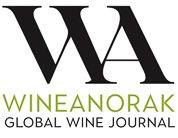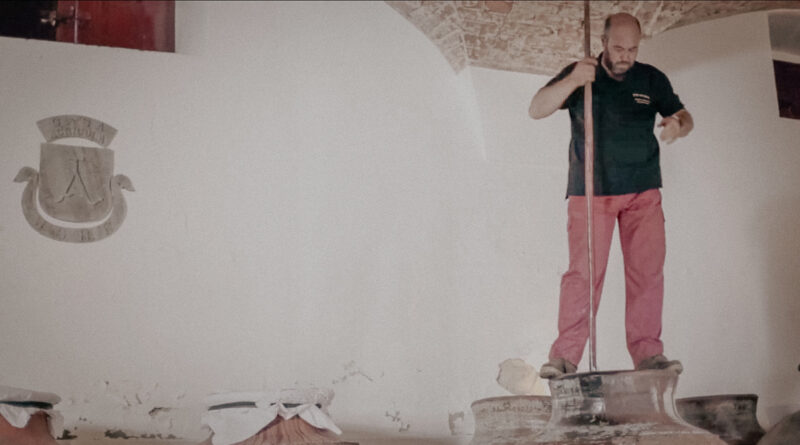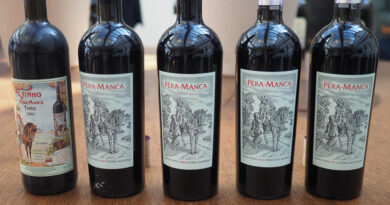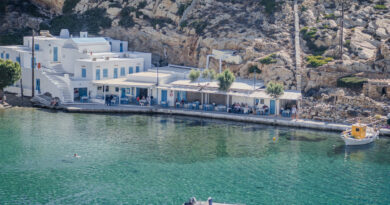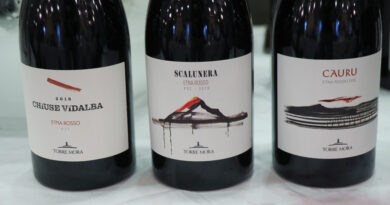Video: the traditional talha winemaking at José de Sousa in the Alentejo, wine without electricity made in time-honoured fashion
Yesterday one of the wines I included in my Alentejo tasting at an event in Kew Gardens was the talha wine from Alentejo producer José de Sousa. There’s a brilliant video that they made showing the winemaking process, which is based around the use of 114 talha, the traditional clay amphorae of the Alentejo.
- The winemaking process is without electrictity.
- 30% whole cluster for the reds, with the remaining 70% hand destemmed
- The stems are then put in small talha (300 litres) with must for fermentation. This is later used as ‘seasoning’ in the blend.
- Fermentation in talha
- In mid November the talha are tapped. The first few litres are cloudy and are returned to the talha. The rest is clear, filtered by the debris at the bottom of the talha.
- Some goes to 500 litre chestnut barrels (neutral, no added flavour), and the rest is returned to talha and topped with olive oil
My note on the 2015 version of this wine:
José de Sousa Puro Talha 2015 Alentejo, Portugal
This famous winery was for a long time the custodian of the talha tradition, making wines in large amphorae made of local clay. They have 114 talhas. These are now fashionable again. This is 30% whole cluster, 70% hand destemmed, with fermentation in talha then ageing in talha or 500 litre chestnut barrels. The remaining stems are fermented with juice in small 300 litre clay amphorae, and this portion is then used as seasoning at blending. Notes of earth, herbs, spice, pepper and red cherries and stewed strawberries, with some tannic grip. This is substantial with nice structure and a strongly savoury character that makes it distinctive and gastronomic. 93/100
